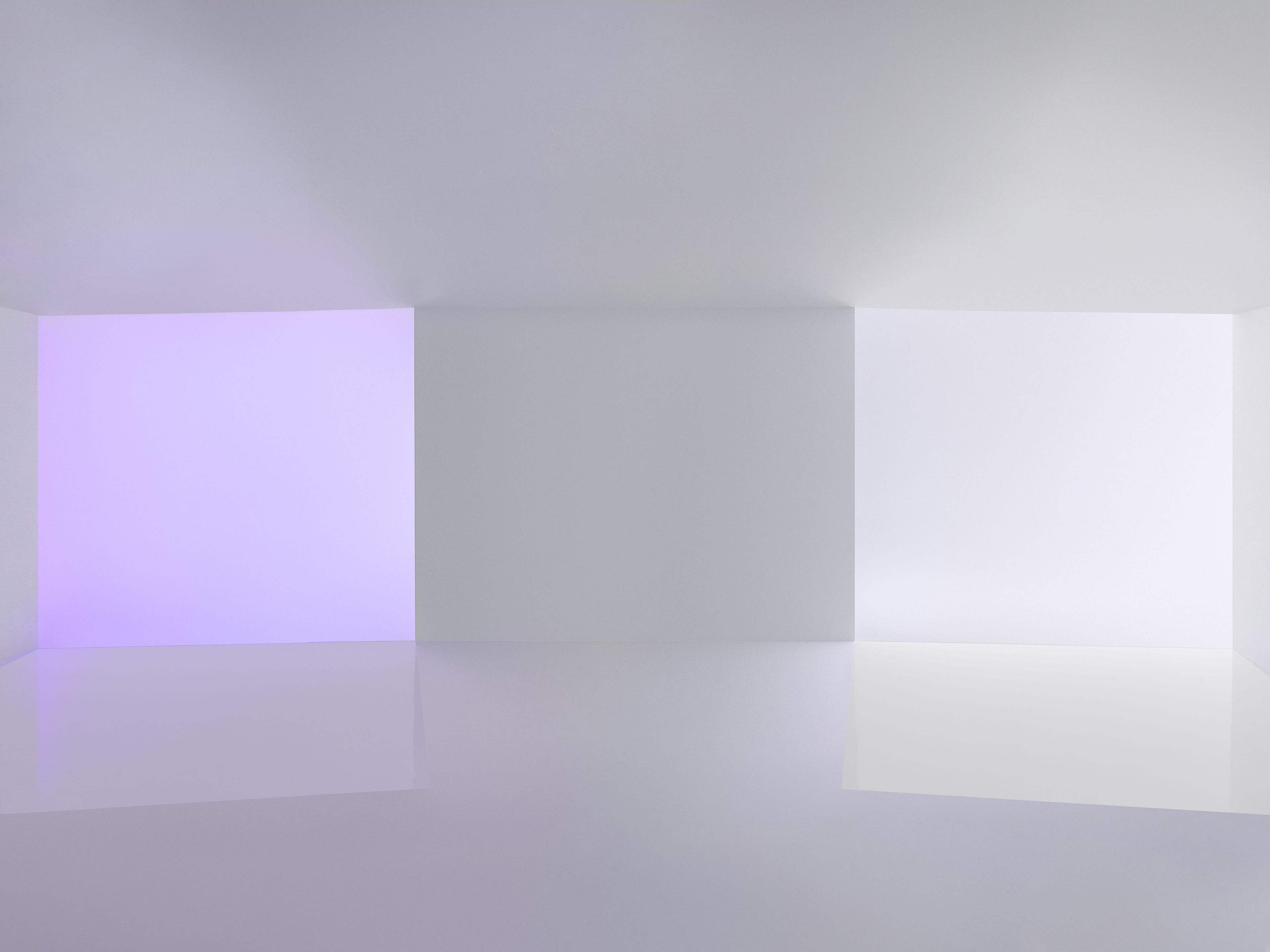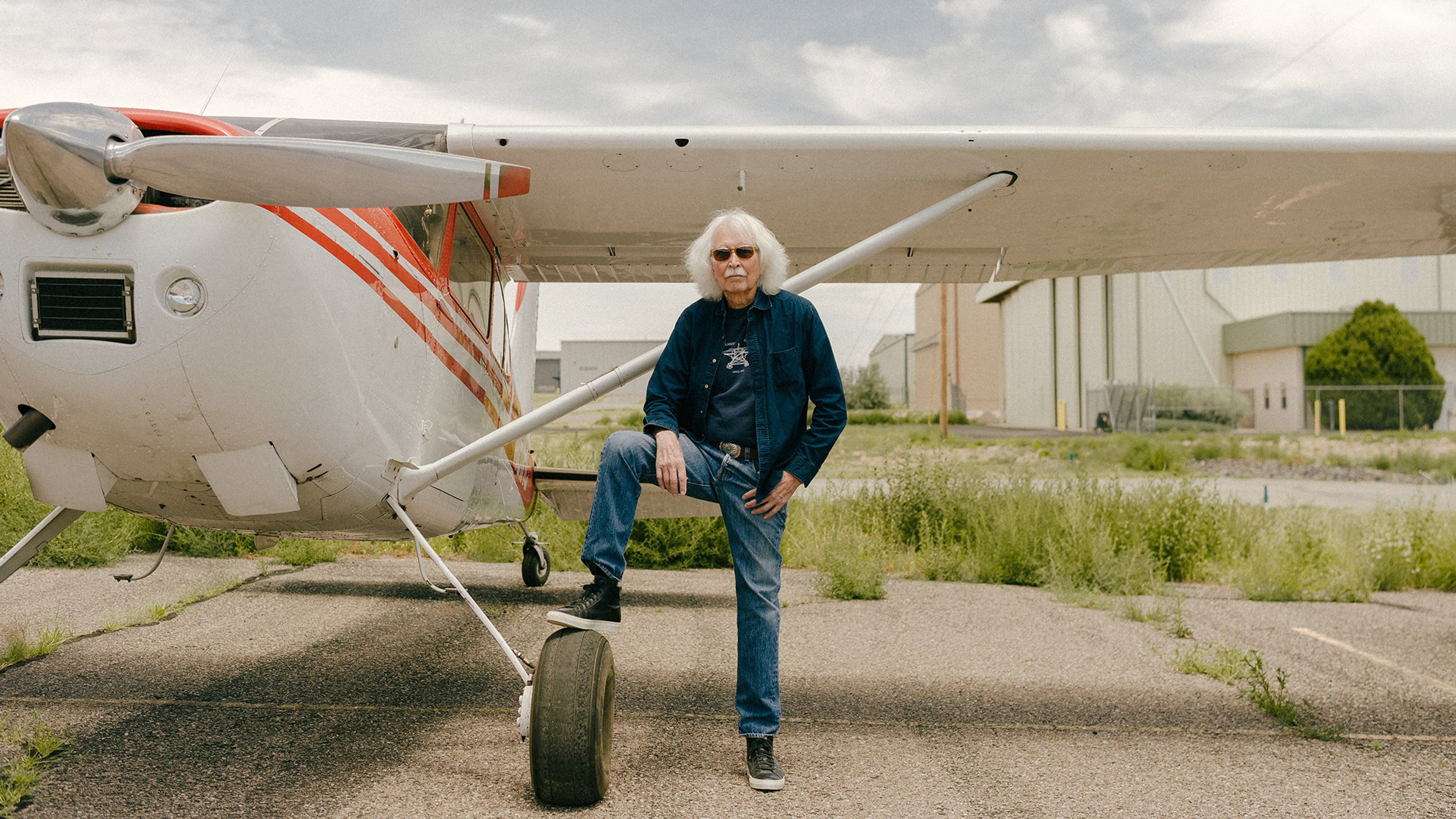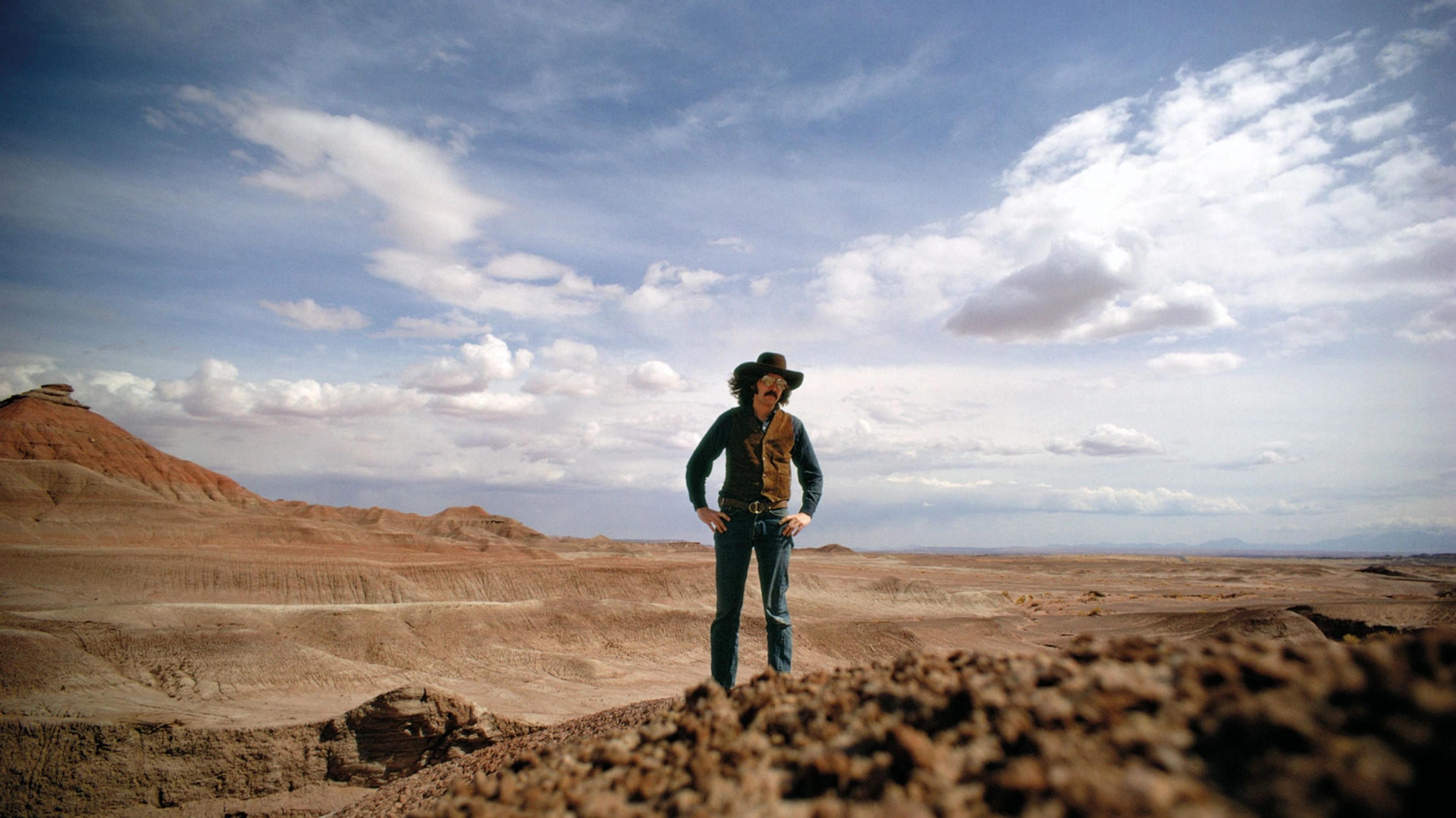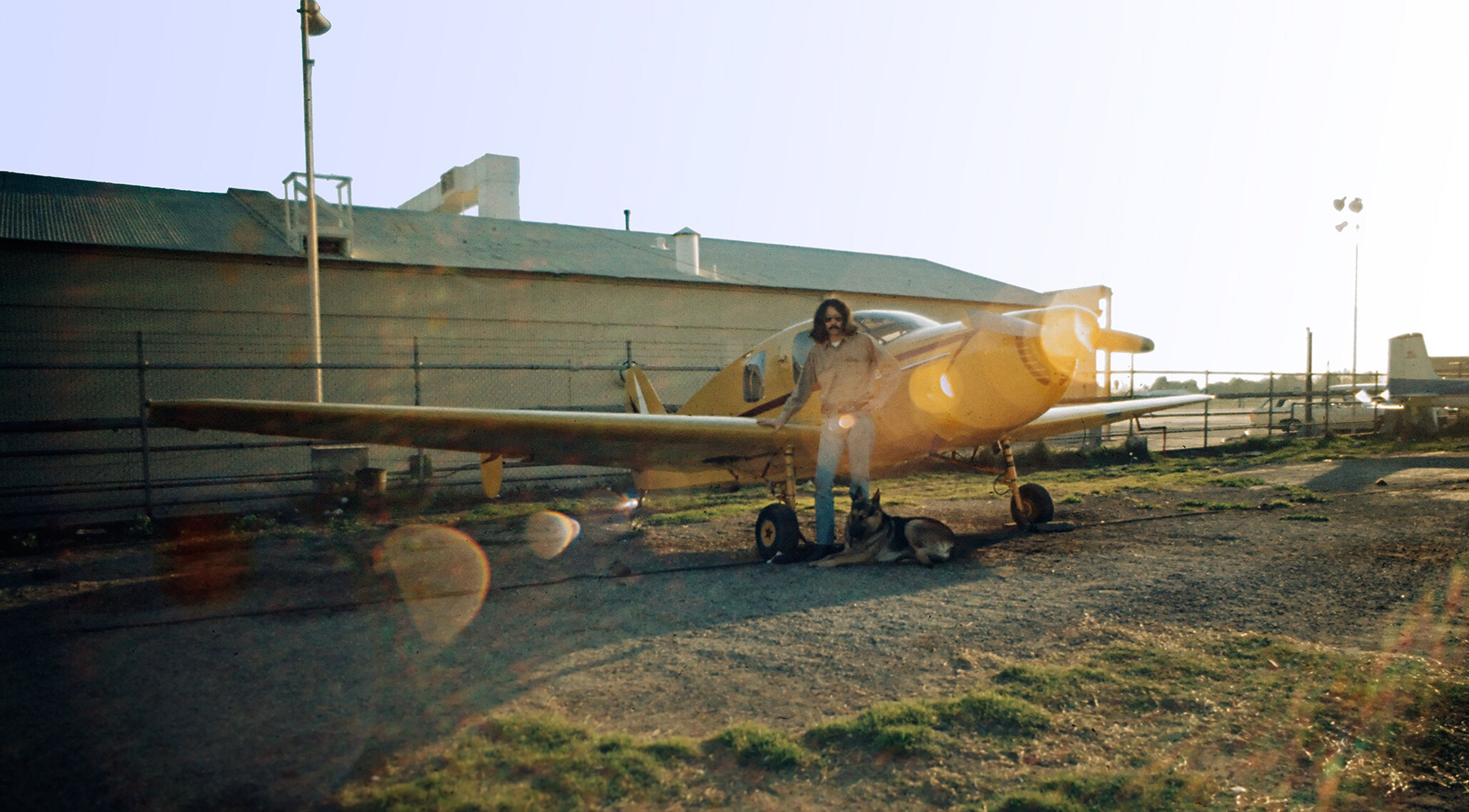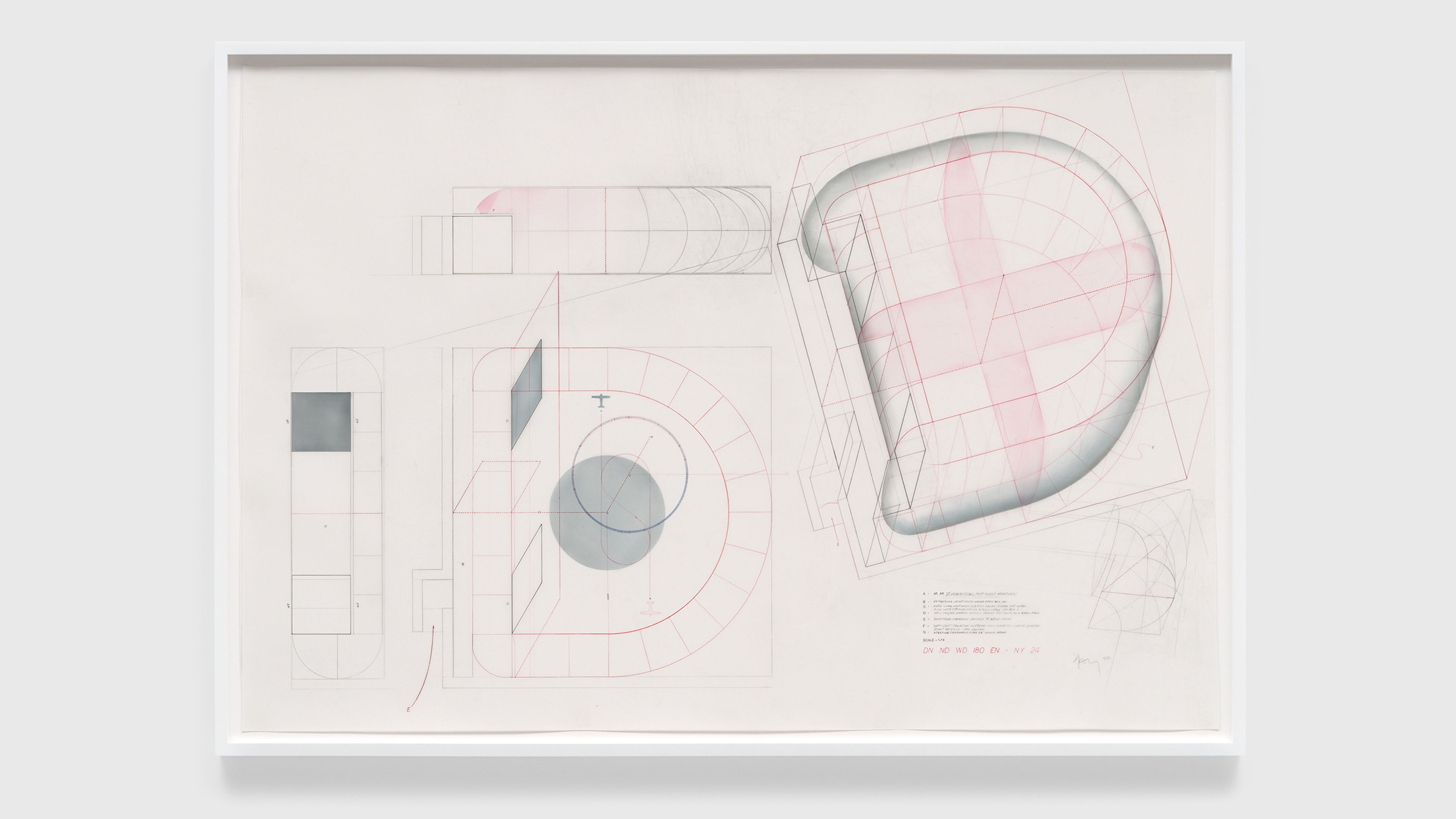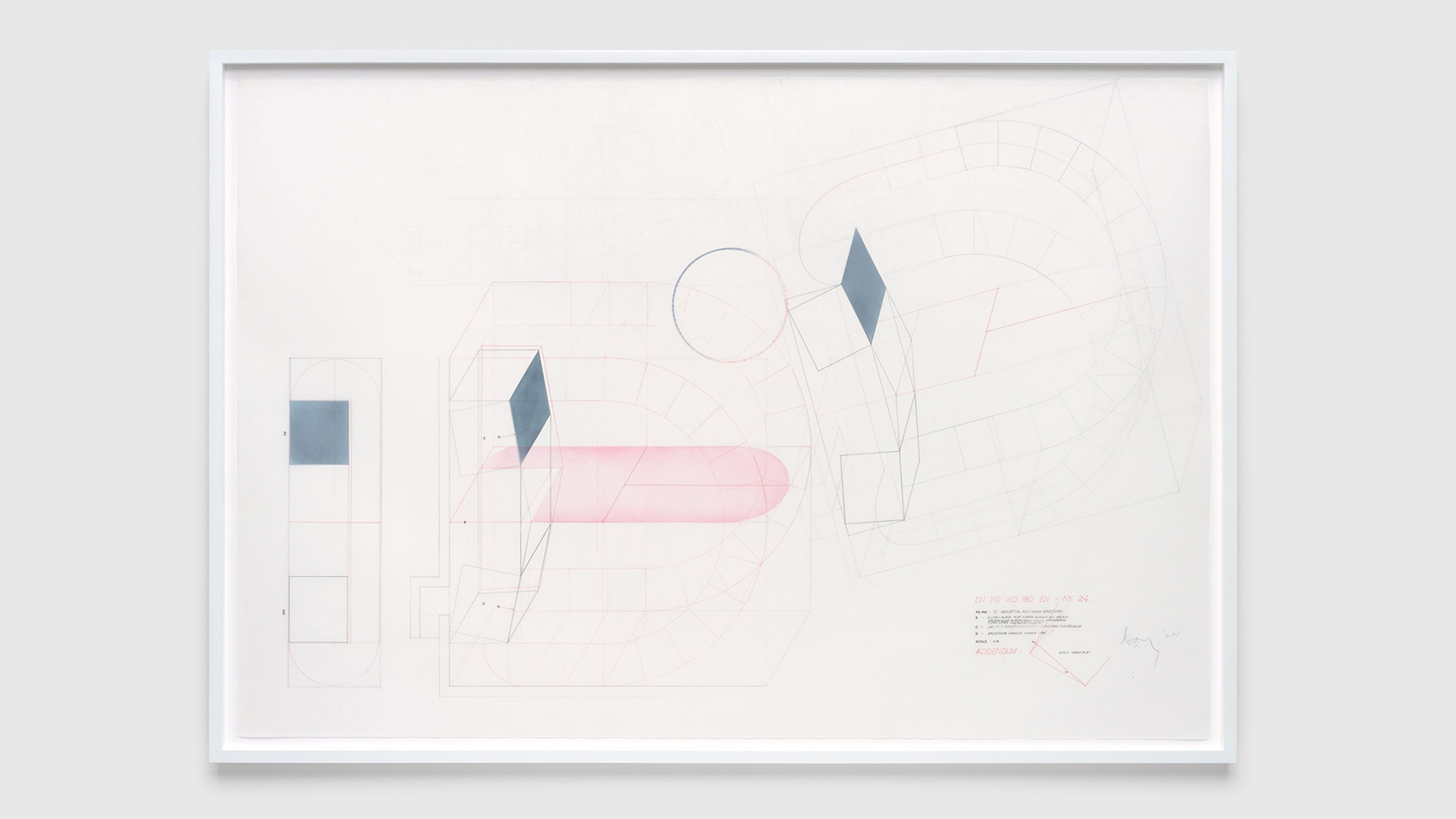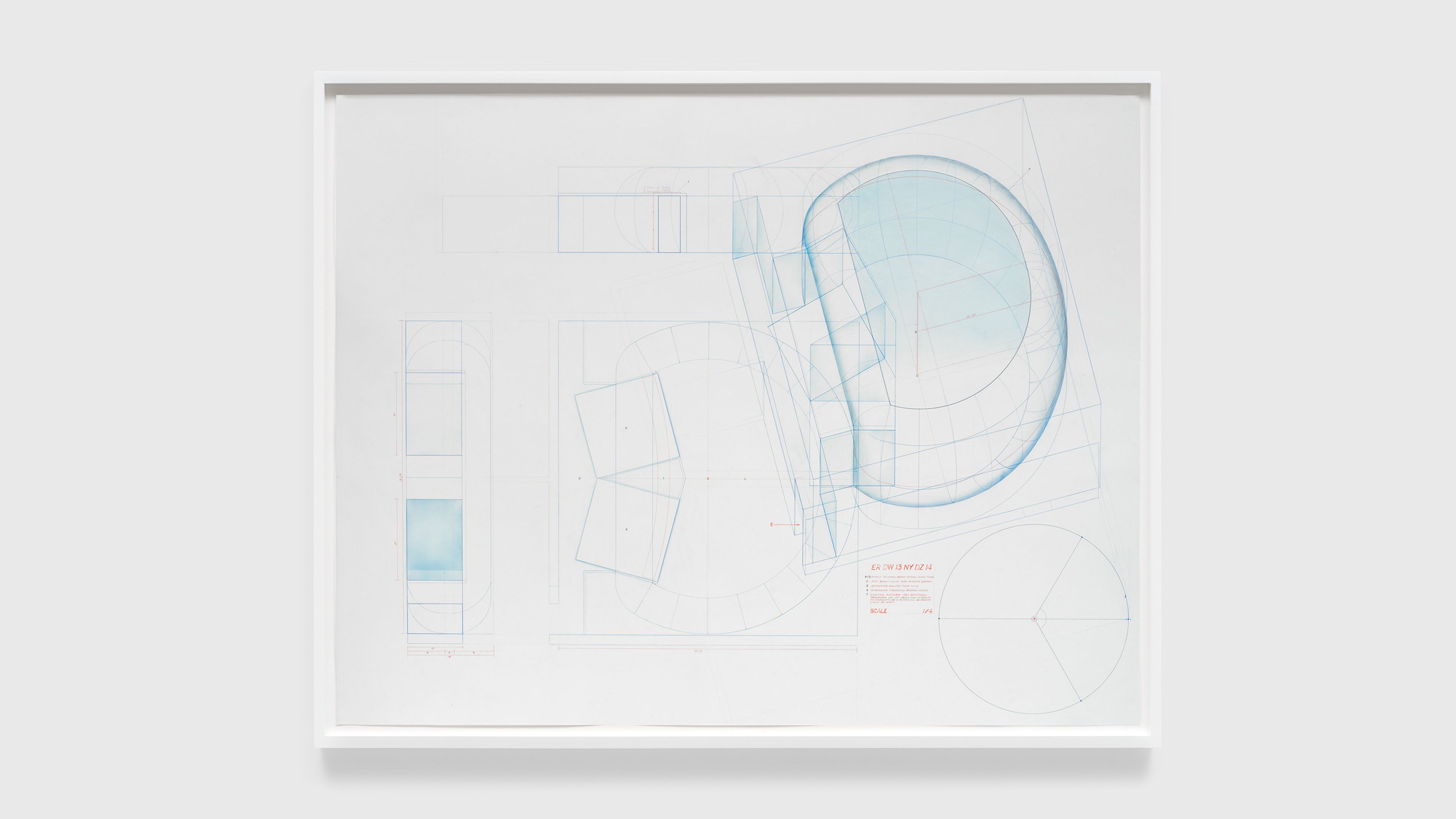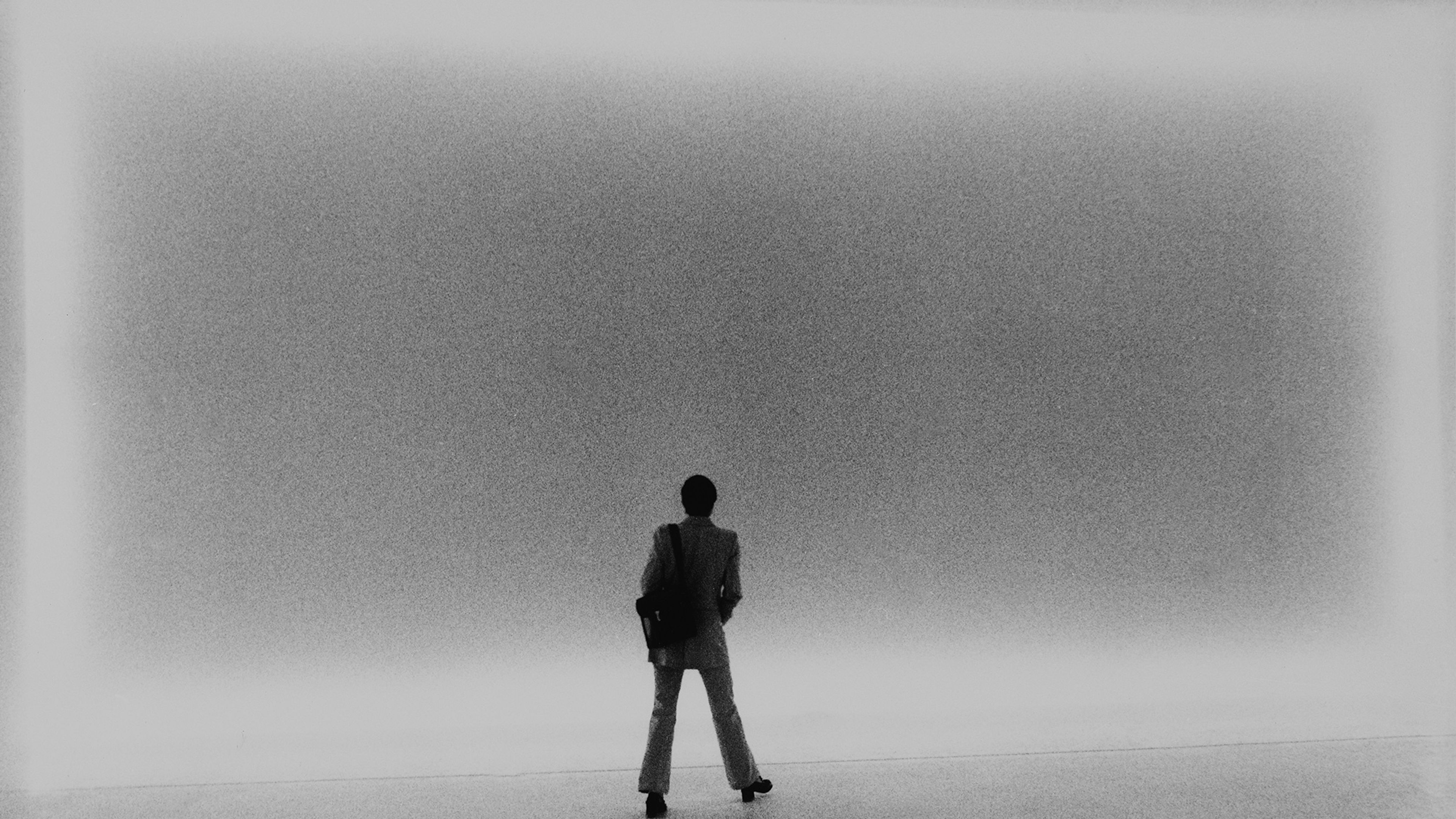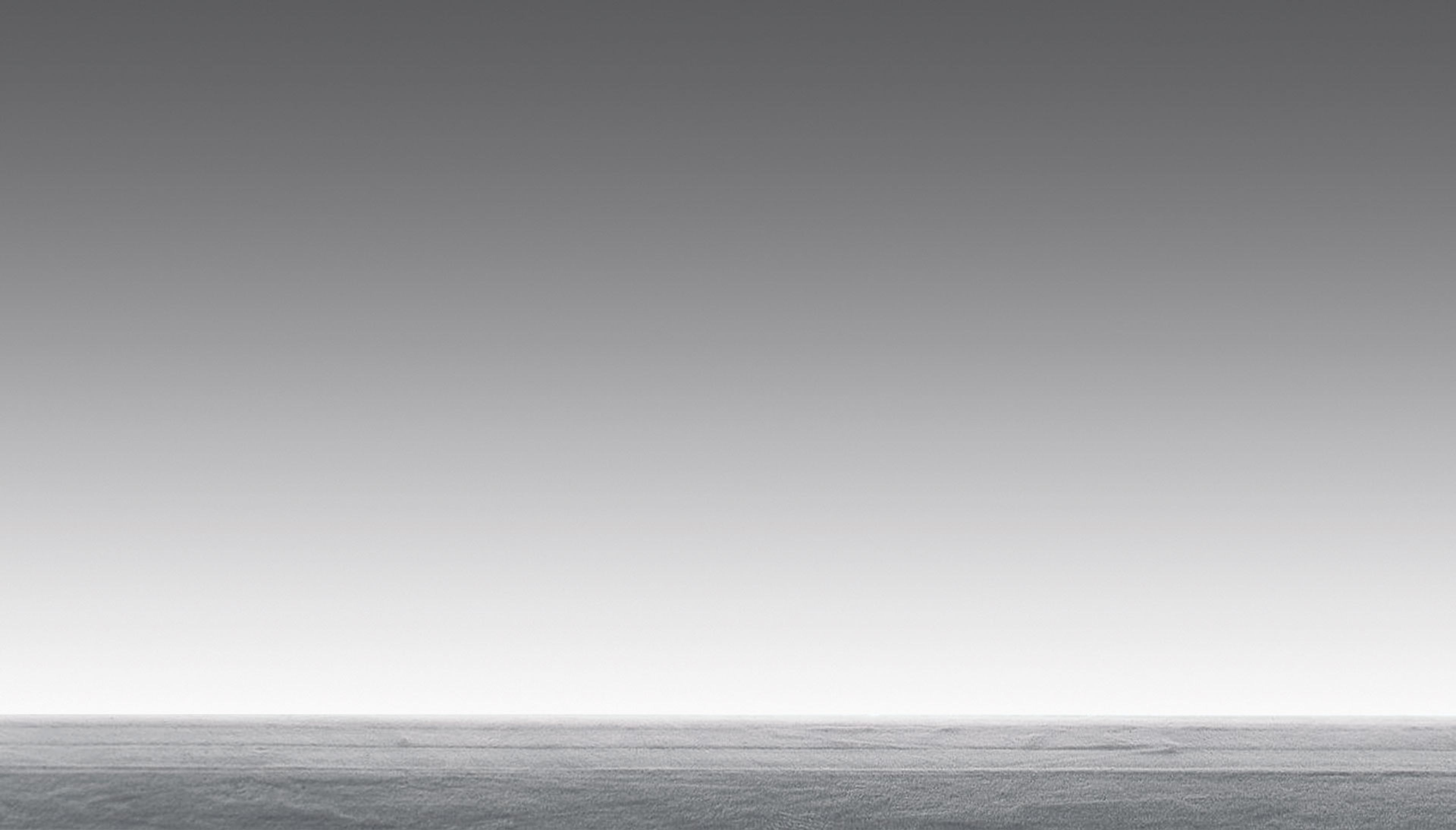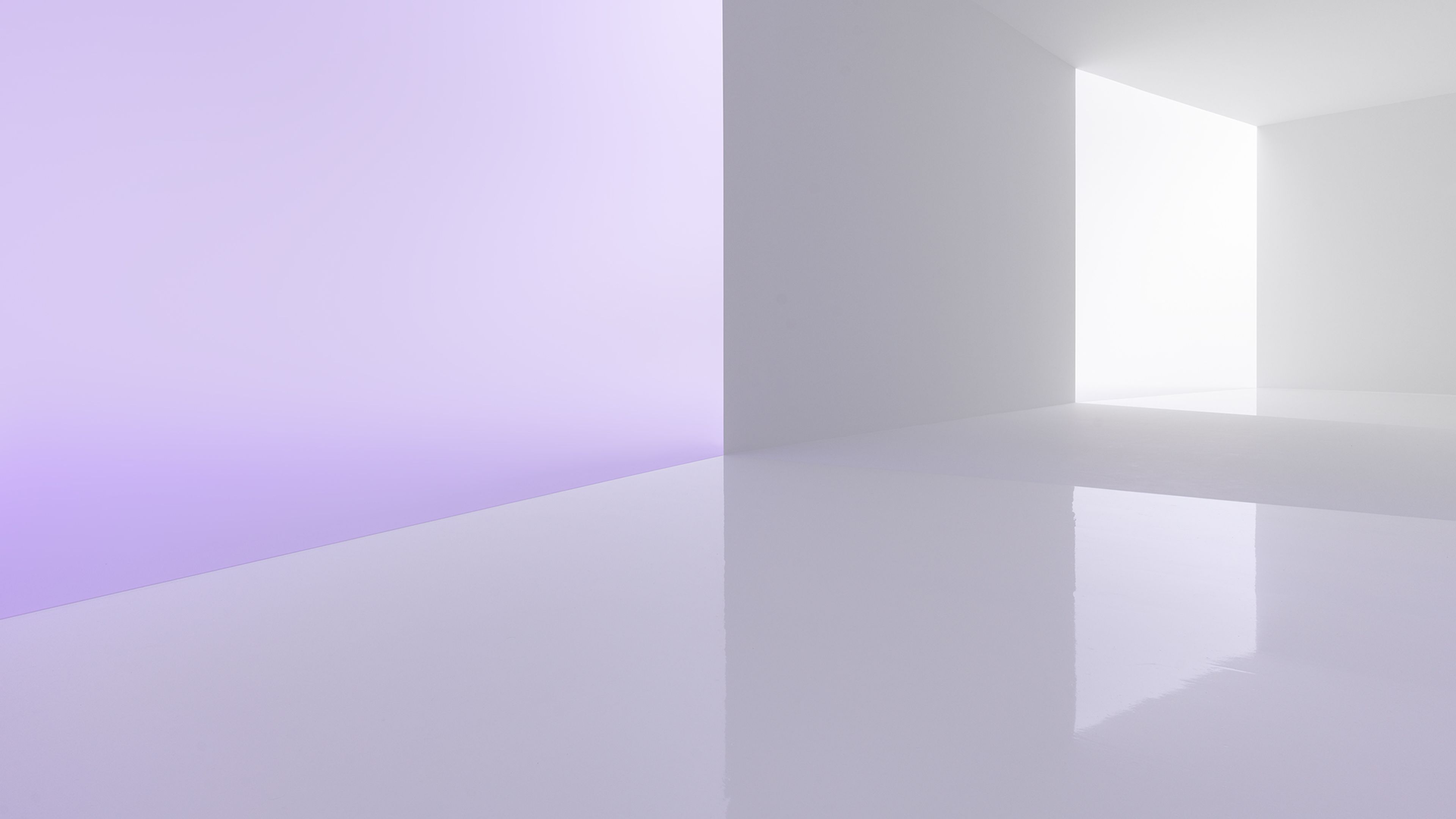Exceptional Works: Doug Wheeler
DN ND WD 180 EN - NY 24, 2024
Reinforced fiberglass, flat white titanium dioxide latex, gloss white epoxy, LED light, and DMX control
18¼ x 64¼ x 67⅗ feet 5.56 x 19.58 x 20.60 m


Doug Wheeler in his studio, New Mexico, 2024. Photo by Porter McLeod
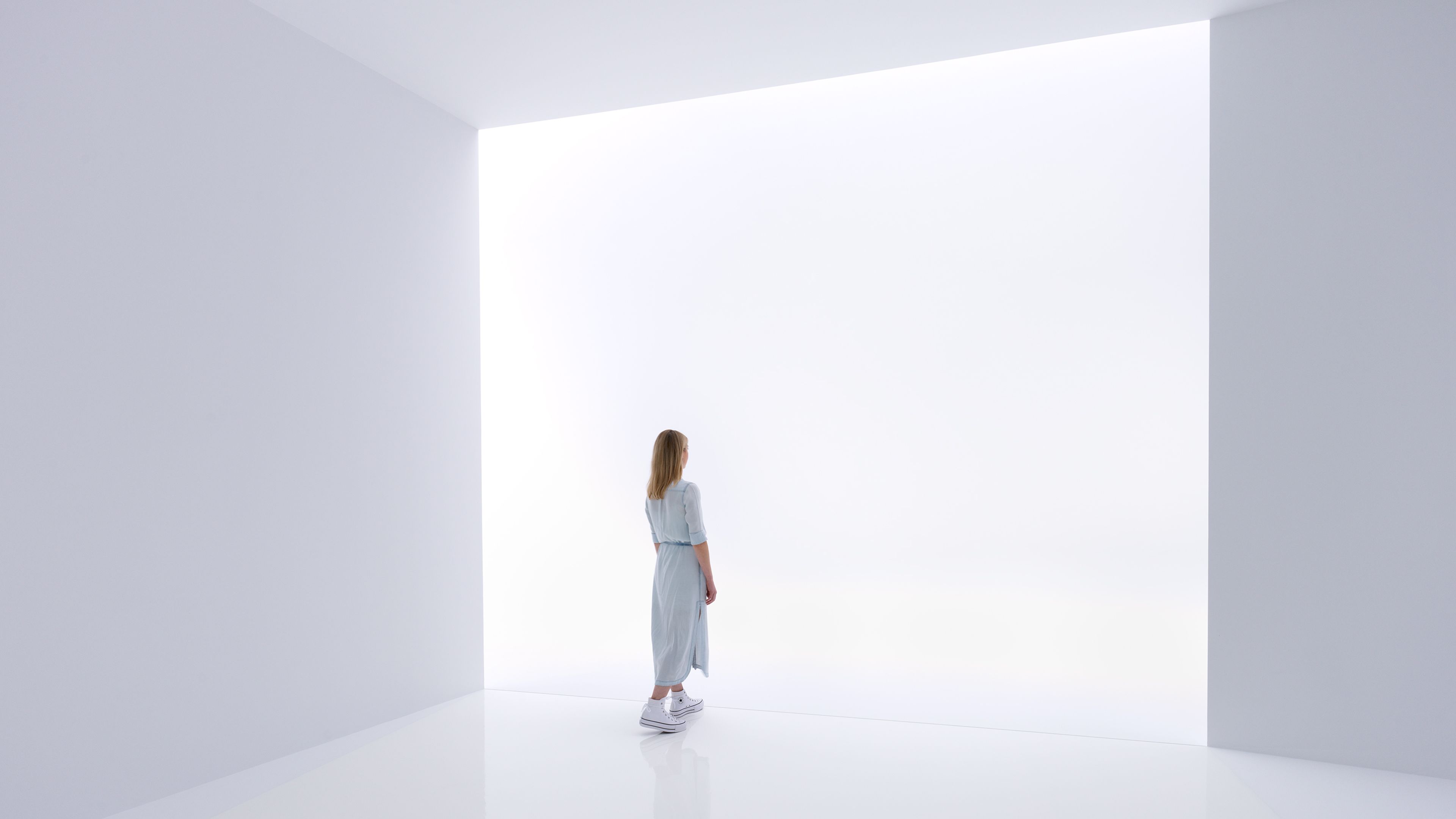
Installation view, Doug Wheeler: Day Night Day, David Zwirner, New York, 2024

Doug Wheeler, SA MI DW SM 2 75 Continuum Atmospheric Environment, 1975. Two rooms. Installation views showing gradational light cycle, Doug Wheeler, Galleria Salvatore Ala, Milan, 1975

Doug Wheeler, SA MI DW SM 2 75 Continuum Atmospheric Environment, 1975. Two rooms. Installation views showing gradational light cycle, Doug Wheeler, Galleria Salvatore Ala, Milan, 1975

Doug Wheeler, SA MI DW SM 2 75 Continuum Atmospheric Environment, 1975. Two rooms. Installation views showing gradational light cycle, Doug Wheeler, Galleria Salvatore Ala, Milan, 1975

Doug Wheeler, SA MI DW SM 2 75 Continuum Atmospheric Environment, 1975. Two rooms. Installation views showing gradational light cycle, Doug Wheeler, Galleria Salvatore Ala, Milan, 1975
The present installation also relates to SA MI 75 DZ NY 12 (1975/2012), which is, like the present work, titled for the places and dates of its installation (at Galleria Salvatore Ala, Milan, in 1975 and David Zwirner New York in 2012).
As the art historian Germano Celant writes, “SA MI DW SM 2 75 Continuum Atmospheric Environment (1975) ... becomes the first in a series of immersive ganzfeld installations that Wheeler calls continuum atmospheric environments.... In an aspect unique to this original work, the light cycle fades to total darkness before resuming its progression back to daylight.”
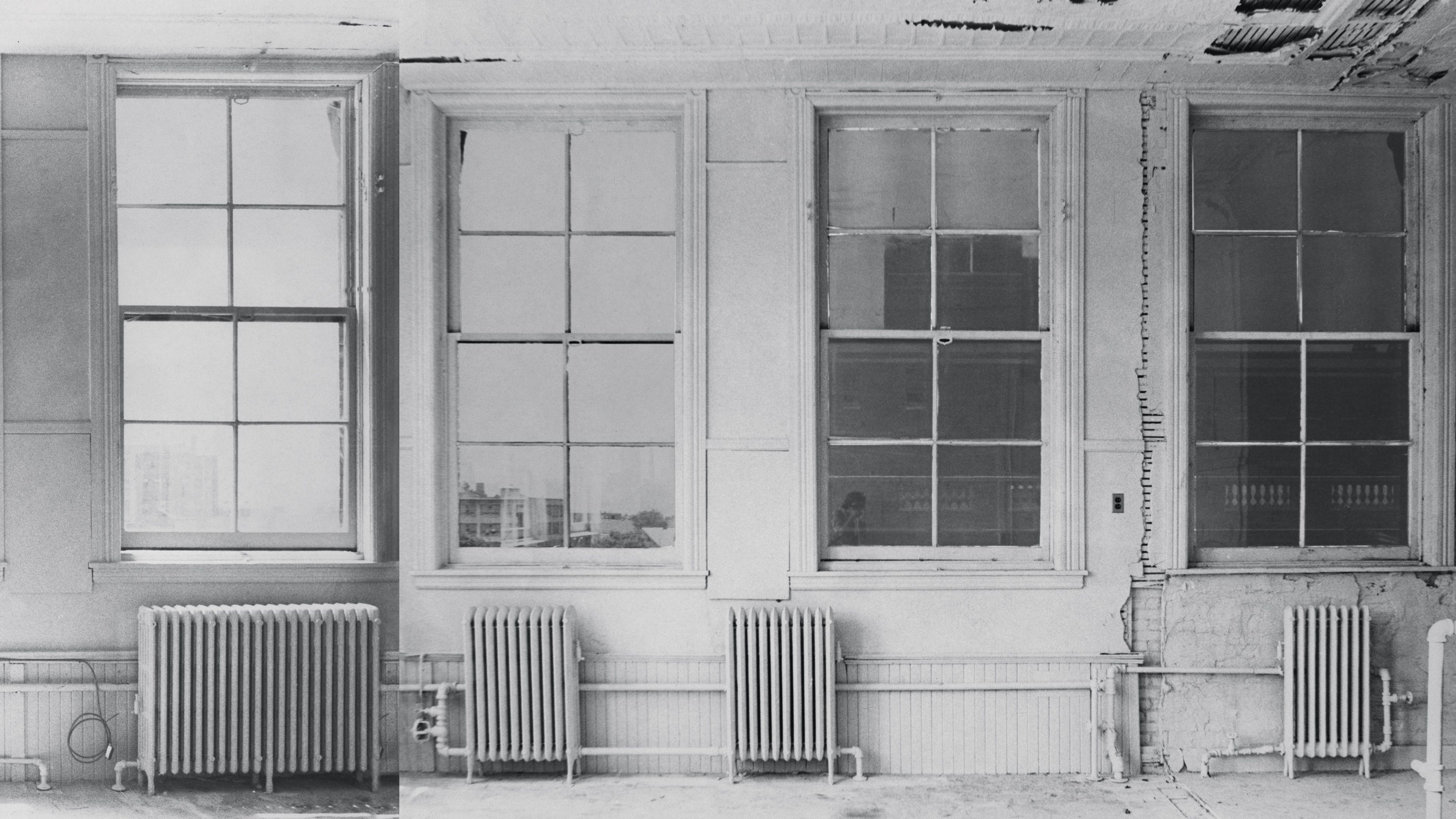
Doug Wheeler, Untitled, 1976. Gradational glass, window film, gray latex paint applied to existing architecture, and natural light. Installation view, Forty, MoMA PS1, room S205, Long Island City, New York, 2016

Doug Wheeler: Day Night Day
